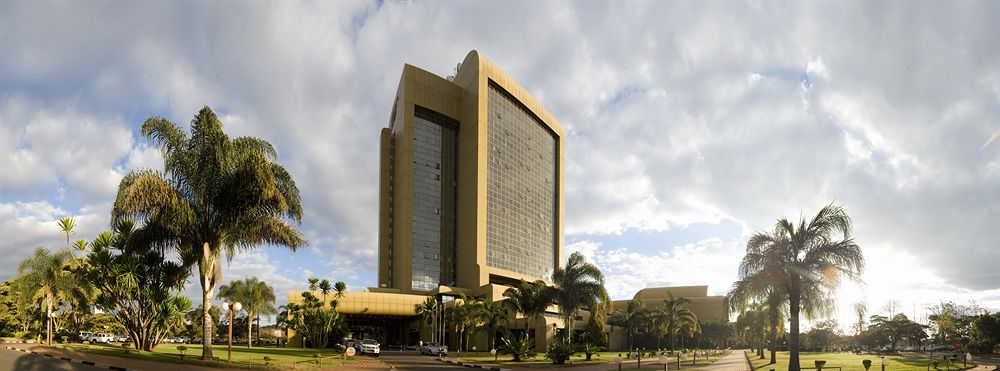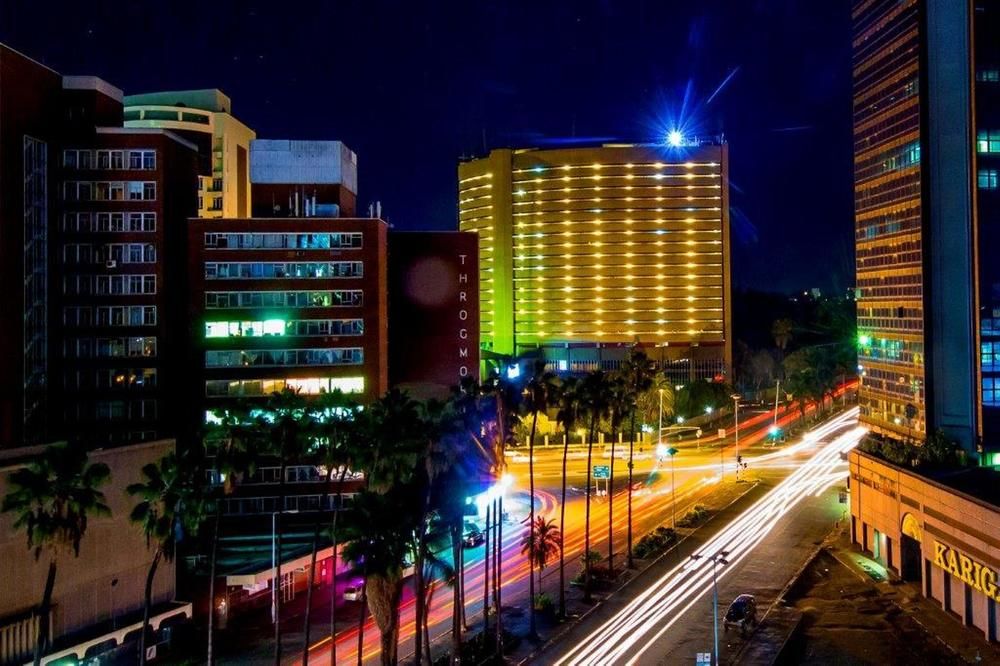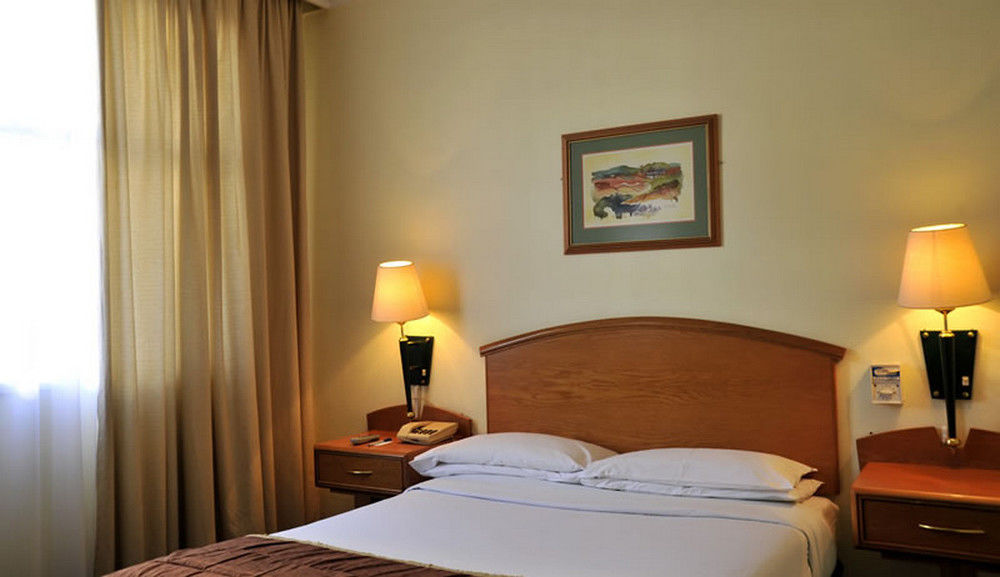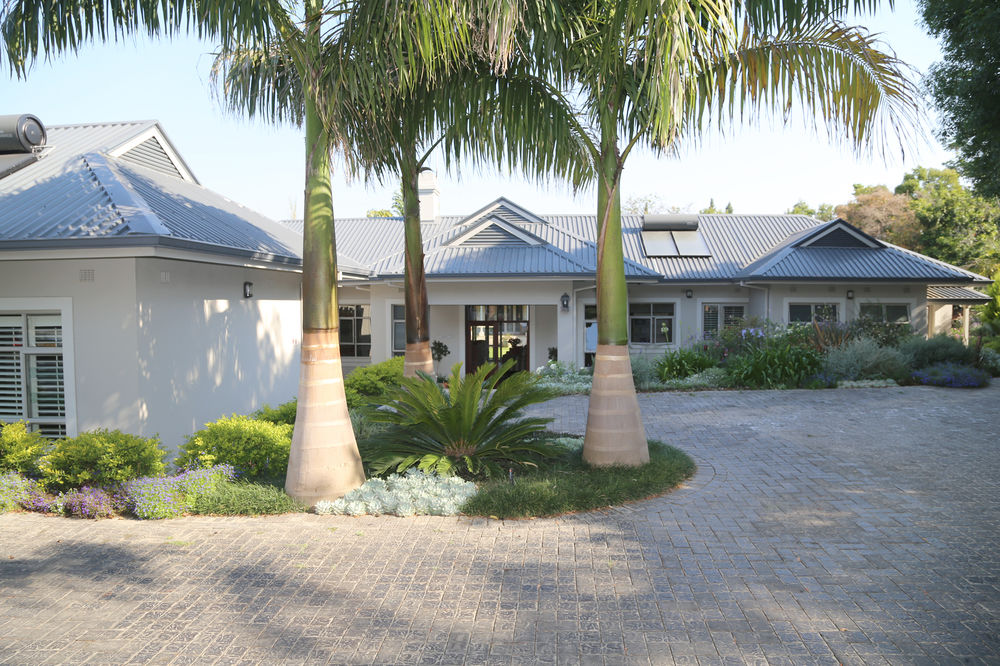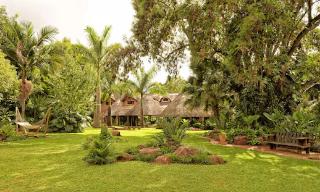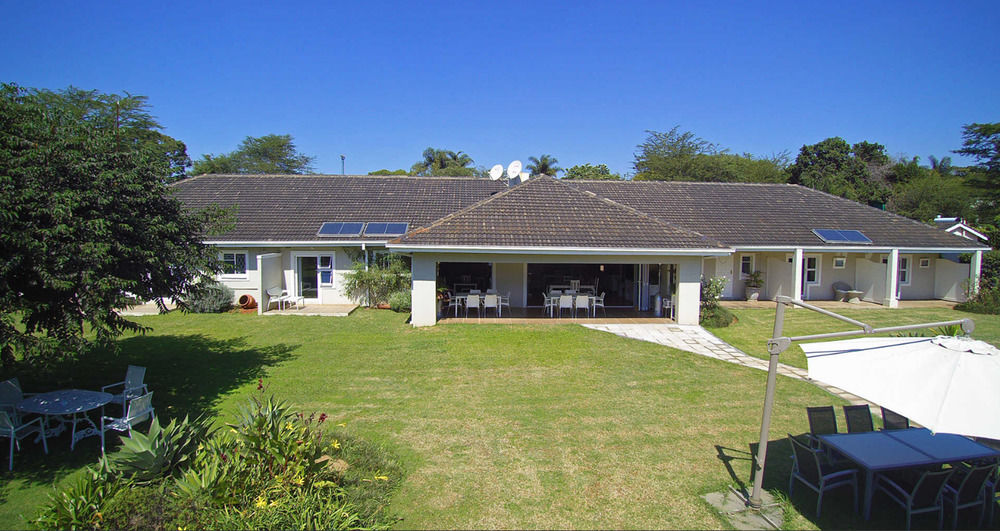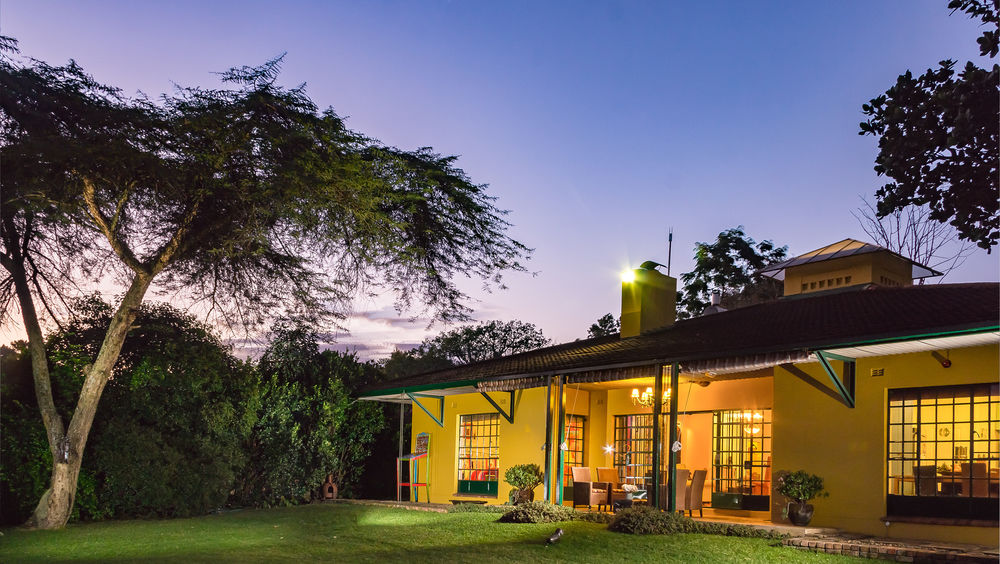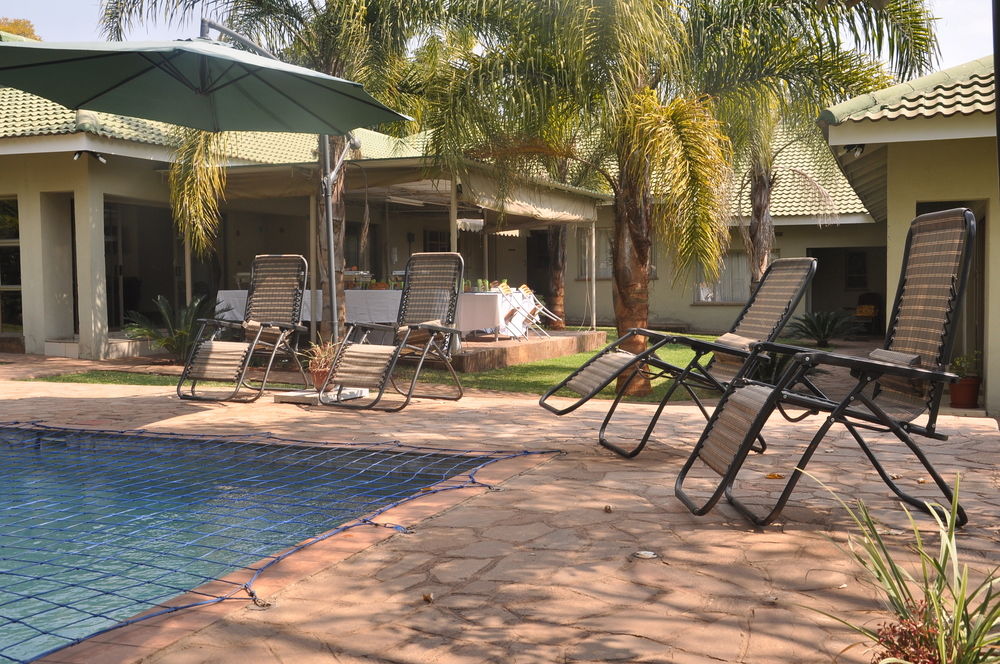
ハラレホテル検索結果
AIが見つけた軒のホテルの最安値をご覧ください。
ベストホテル
最安値のホテル
ホテル等級
AIおすすめ
ハラレベストホテル
ハラレ 最低価格のホテル
最高評価のホテル
ハラレにある5つ星ホテル
ハラレにある4つ星ホテル
ハラレにある3つ星ホテル
AIがおすすめする世界の旅行先
ハラレ近くのホテル情報
ハラレ 旅行に欠かせない情報
Harare (; officially named Salisbury until 1982) is the capital and most populous city of Zimbabwe. The city proper has an area of 960.6 km2 (371 mi2) and an estimated population of 1,606,000 in 2009, with 2,800,000 in its metropolitan area in 2006. Situated in northeastern Zimbabwe in the country's Mashonaland region, Harare is a metropolitan province, which also incorporates the municipalities of Chitungwiza and Epworth. The city sits on a plateau at an elevation of 1,483 metres (4,865 feet) above sea level and its climate falls into the subtropical highland category.
The city was founded in 1890 by the Pioneer Column, a small military force of the British South Africa Company, and named Fort Salisbury after the British Prime Minister Lord Salisbury. Company administrators demarcated the city and ran it until Southern Rhodesia achieved responsible government in 1923. Salisbury was thereafter the seat of the Southern Rhodesian (later Rhodesian) government and, between 1953 and 1963, the capital of the Central African Federation. It retained the name Salisbury until 1982, when it was renamed Harare on the second anniversary of Zimbabwean independence.
Harare is Zimbabwe's leading political, financial, commercial, and communications centre, as well as a trade centre for tobacco, maize, cotton, and citrus fruits. Manufacturing, including textiles, steel, and chemicals, are also economically significant, as is local gold mining. The University of Zimbabwe, the country's oldest university, is located in Harare, as are several other colleges and universities. The city is home to Harare Sports Club, the country's main Test cricket ground, as well as Dynamos F.C., the country's most successful association football team. Harare's infrastructure and government services have worsened in recent years, and the city has been ranked as one of the least livable cities out of 140 assessed.
 時間 UTC+02
時間 UTC+02 通貨 ZWL
通貨 ZWL 言語 English, Shona, Ndebele
言語 English, Shona, NdebeleStaypiaだけの特別な特典
リアルタイムホテル最安値比較
AIが見つけたin ハラレの軒のホテルのリアルタイム最安値を簡単に比較検索できます。
316万軒のホテルを最安値で予約
最低価格に最大31%追加メンバーシップ割引でさらにお得にご予約いただけます。
自分だけの
AIがリアルタイムで更新するハラレ旅行情報で便利に旅行を準備しましょう。
よくある質問
ハラレで最も人気のあるホテルは The N1 Hotel Harare, Rainbow Towers Hotel & Conference Centre, The Monomotapa Hotel です。
一般的なホテルの場合、客室予約はキャンセル締切日前まで無料返金が可能です。キャンセル締切日以降は手数料が発生する場合がありますので、ホテルバウチャーまたはメニュー>マイ予約でキャンセル締切日をご確認ください。
ステピアでは、AIが収集した316万件のホテルの最安値はもちろん、会員限定の追加割引価格で人気ホテルを予約することができます。
